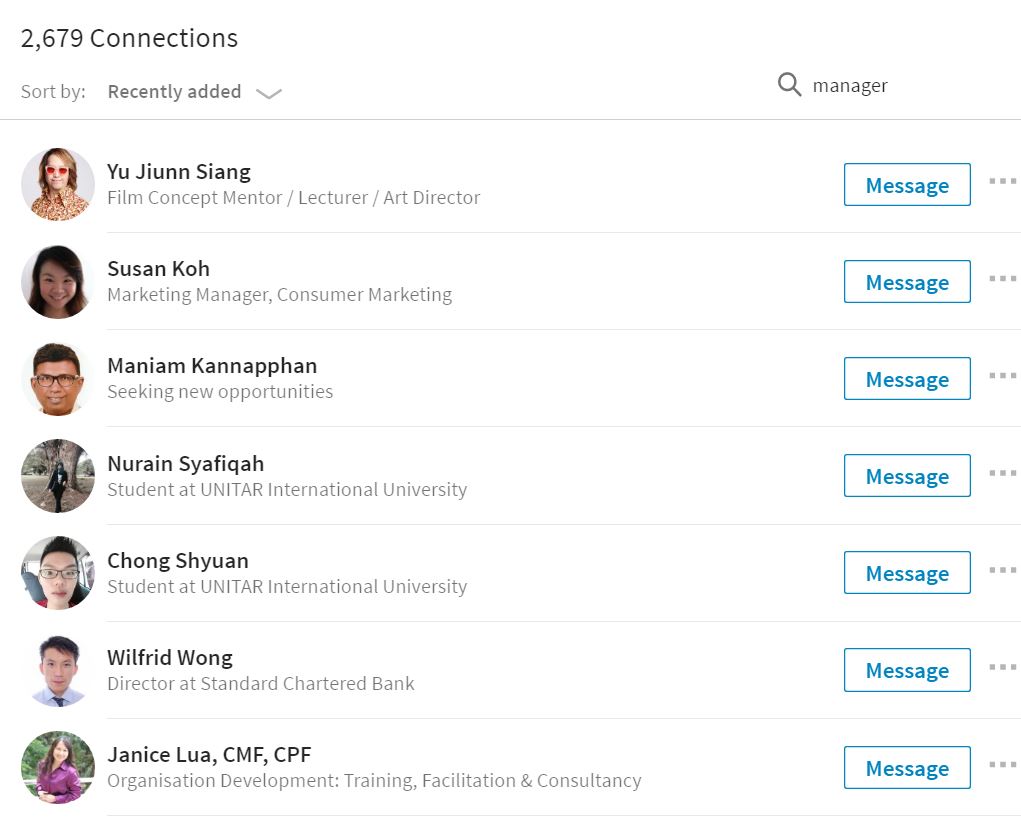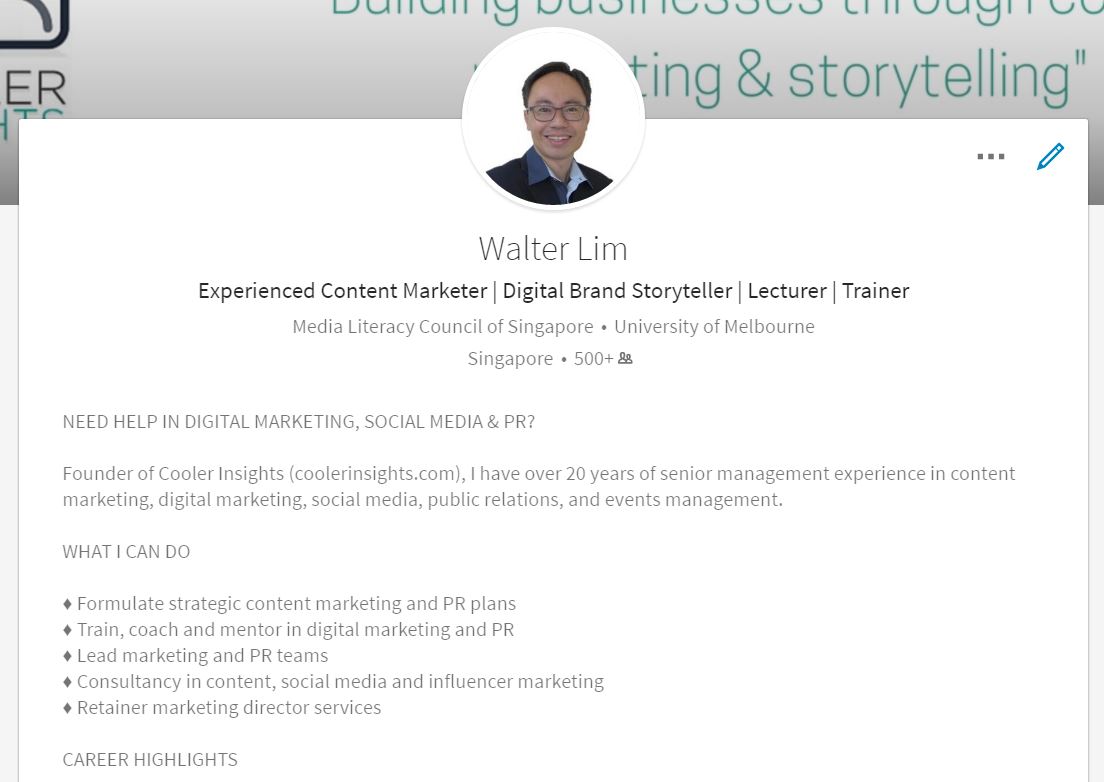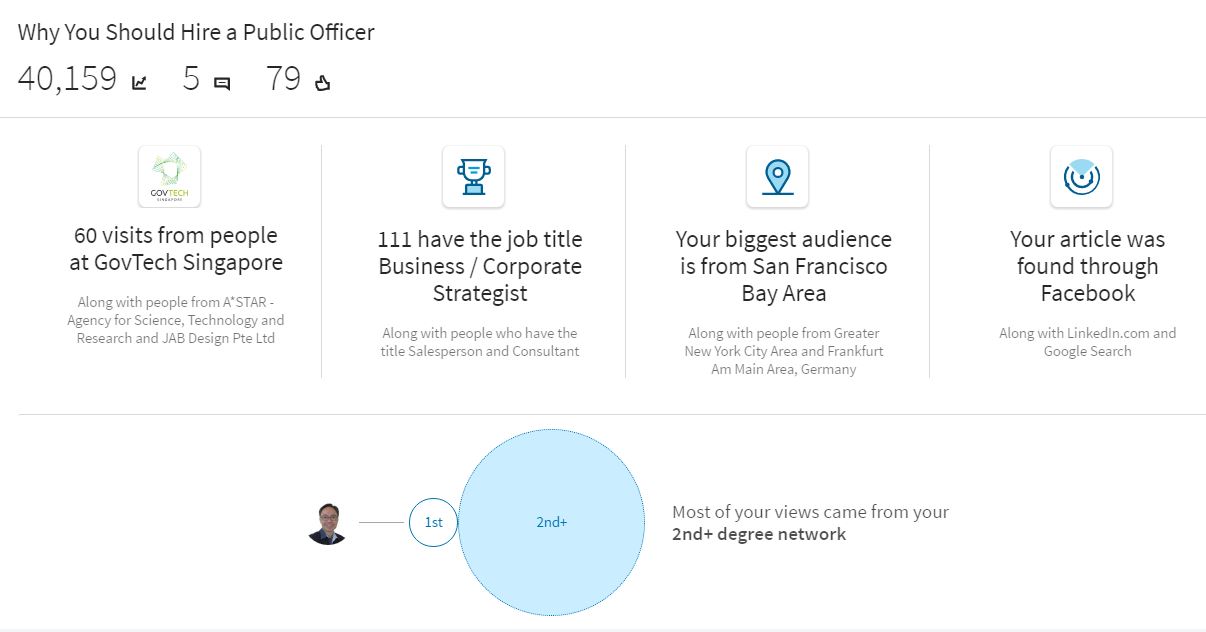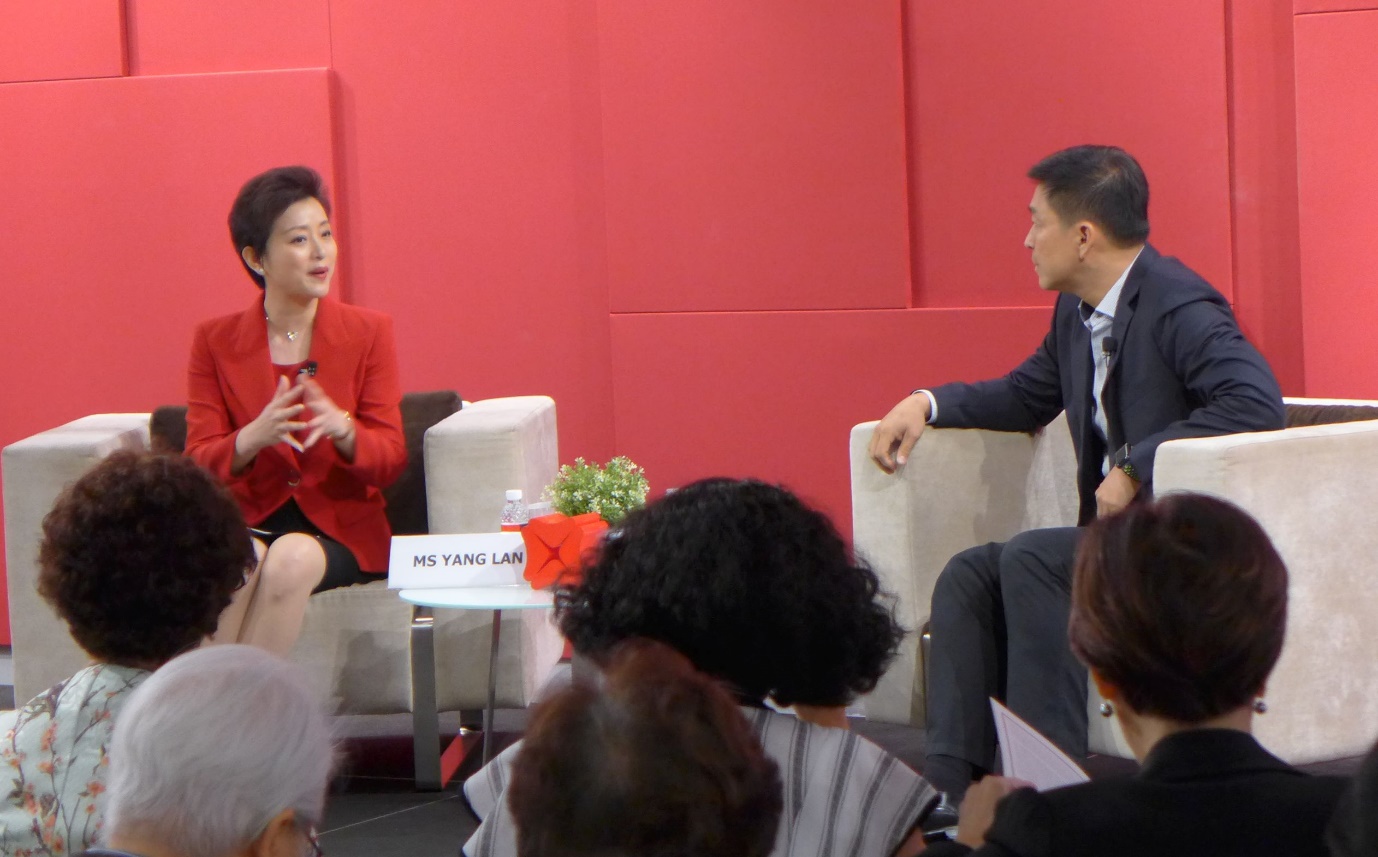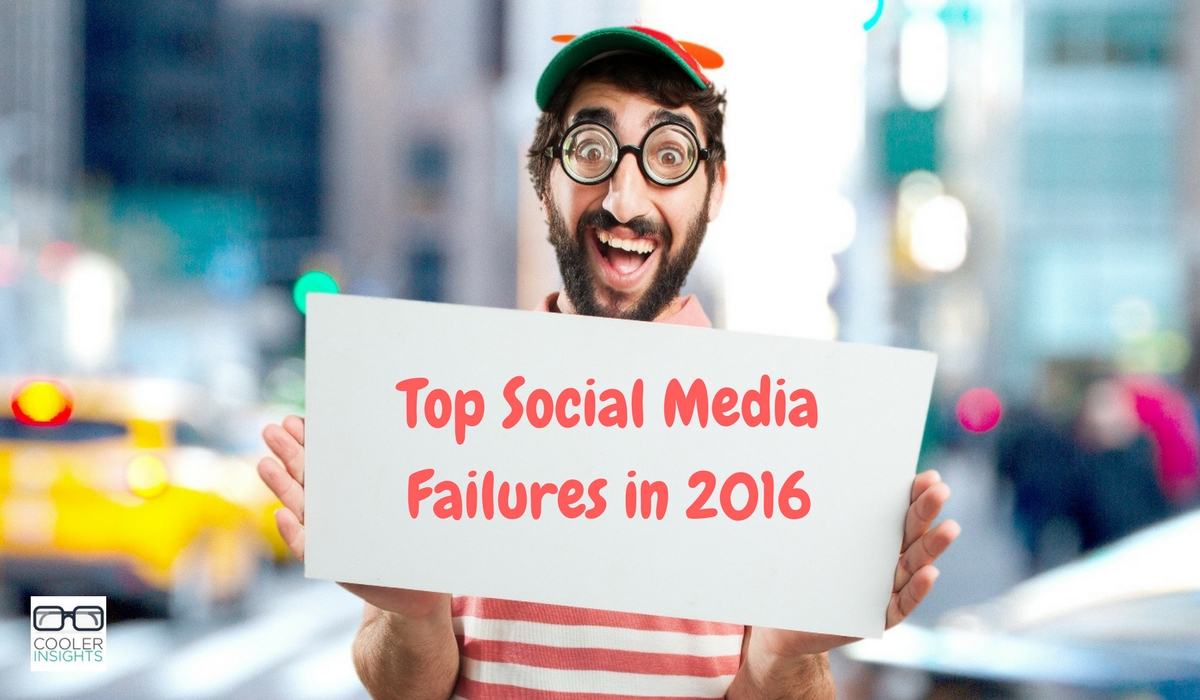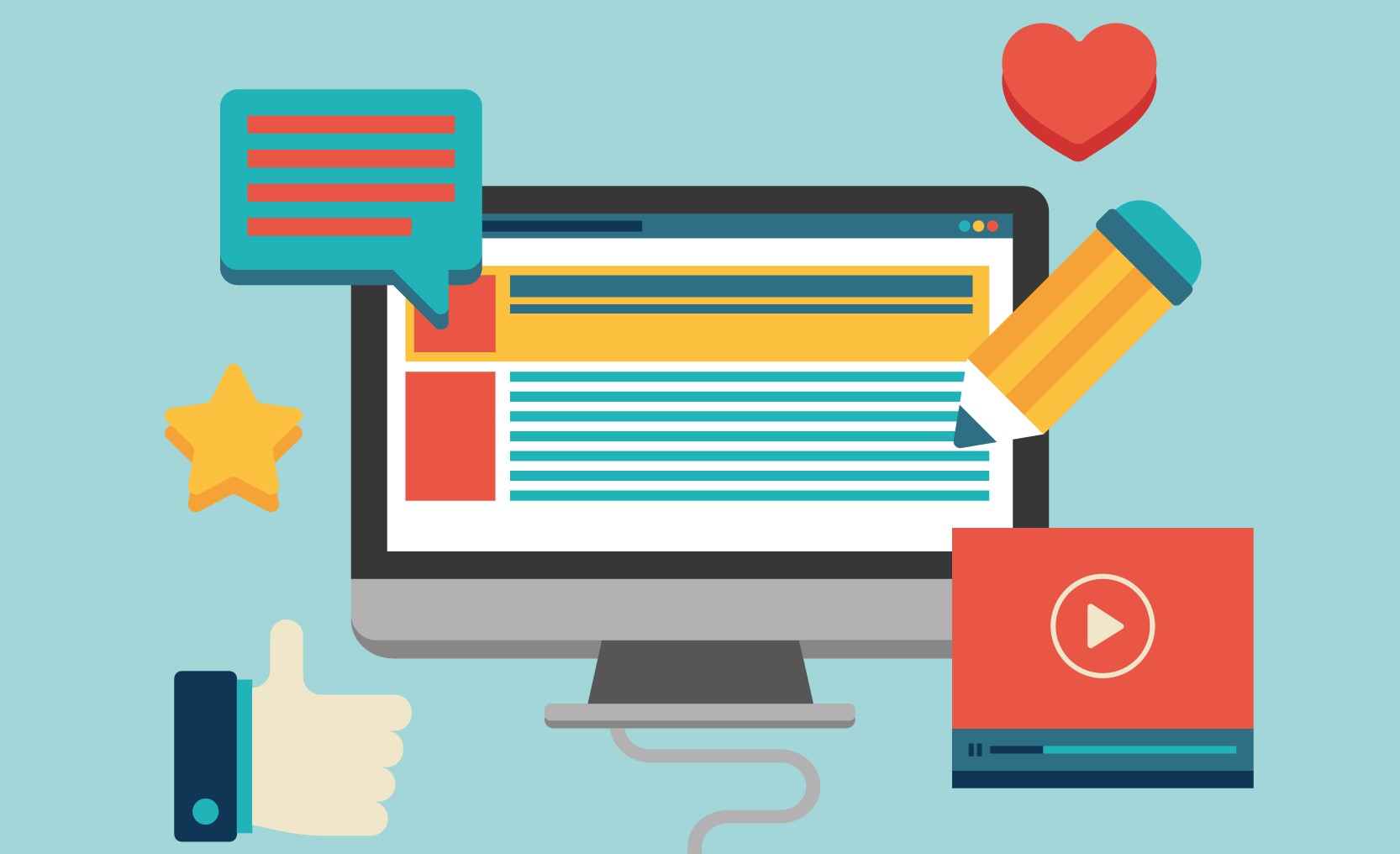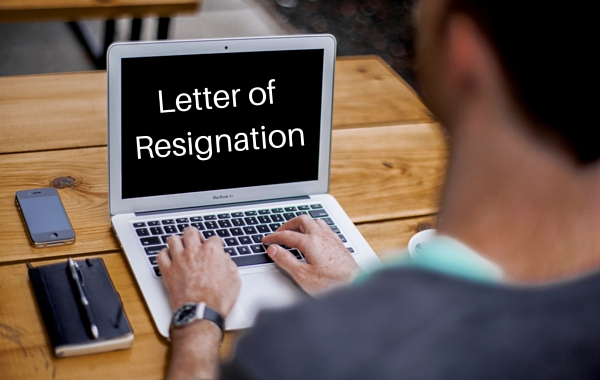LinkedIn is the world’s largest professional social network. Unfortunately, it’s also probably the most misunderstood.
With a total network size of 467 million users (Jan 2017), LinkedIn has over 108 million active users per month. About 57 percent of LinkedIn users are male, compared to 44 percent female.
LinkedIn is also the “richest” social network in terms of demographics.
44% of LinkedIn users earn more than US$75,000 a year, and 41 percent of millionaires use LinkedIn. The average CEO has some 930 connections on LinkedIn.
Common Misgivings About LinkedIn
Despite its massive size and business potential, few have used LinkedIn effectively to build their professional networks, generate leads or grow their business.
Here are some of the common reasons I’ve heard from friends and acquaintances explaining why they’ve neglected their LinkedIn accounts:
- LinkedIn is only for job seekers looking for jobs
- LinkedIn is filled with estate agents, insurance agents, trainers and agencies trying to spam their way into my InBox
- LinkedIn is the boring version of Facebook (snigger)
- LinkedIn is just an online Rolodex to keep all my contacts handy
- LinkedIn is full of wannabes posting gratuitous and ego-inflating content
- I don’t have time for LinkedIn!
While some of the above may be true – especially point number 3 – I strongly encourage you not to give up on LinkedIn. As the world’s number one professional social network, it has a lot to offer.
My LinkedIn Credentials
I wouldn’t consider myself a LinkedIn expert by any measure of the word, but I have experienced how powerful this social channel can be in generating business leads, attracting talent, and forming professional partnerships.
Here are some of my “vital statistics” on LinkedIn:
- 2,913 followers and 2,679 connections
- 70 articles published
- Over 40,000 views on my most popular article
- 18 recommendations received
- Over 99 endorsements each for Social Media Marketing, Corporate Communications, Public Relations, Marketing Communications, and Media Relations
- Approximately 80 percent of business leads from LinkedIn (averaging about 2 a month)
And the funniest thing is this – I didn’t pay for advertising nor did I upgrade to a “Pro” account!
So how did I do it?
Connect with Friends, Ex-Colleagues, and Acquaintances
Like some of you, I started my LinkedIn account out of curiosity back in 2006/2007 during its early years.
As a business blogger, I found it interesting to connect with my fellow bloggers, friends on social media, colleagues, and alumni contacts through LinkedIn.
I also realised that it was more efficient for me to reach out to my professional contacts through LinkedIn rather than dig out their name cards to email, call or Whatsapp them.
Over time, I encouraged my business associates to connect with me on LinkedIn. This worked well as LinkedIn is considered less intimate and afforded greater privacy to those who preferred not to mix business with pleasure.
Through LinkedIn, I also found that I could stay in touch with my contacts. I could congratulate them during their work anniversaries or when they found new jobs, and reach out to them if I needed help in a specific area.
Here’s a very small sample of the folks I’m currently connected with on LinkedIn.
Write, Rewrite and Re-rewrite Your Profile
It goes without saying that your profile on LinkedIn is the most important piece of content that you should create.
Everybody who has an inkling of interest in you would check it out:
- Potential business partners
- Potential employers
- Potential employees (yes, talents are particular about who they work for)
- Potential clients
- Potential suppliers/ contractors
Thus, it makes a lot of sense to pour your heart, mind and soul into writing a kick-ass profile.
In my case, I paid attention to my headline, used keywords which best described what I’m good at (and why you should work with me), and also included as much of my professional achievements as I could.
Source: Walter’s LinkedIn Profile
Oh, and don’t forget your photograph. Nothing beats a professionally taken photograph to make your LinkedIn profile stand out (or at least not suck).
Get Your Most Important Skills Listed and Endorsed
Have you used the LinkedIn Featured Skills and Endorsements function?
It is a feature where you list down the different skills that you’re good at. Or approve what others have endorsed you for.
Mine looked like this. You can see that my areas of strength are balanced between social media marketing, PR, and marketing communications.
Do these skill endorsements work?
Well, according to LinkedIn, a person whose skills are listed receive 17 times more profile views than those who do not have their skills listed. This would be valuable not only for those looking for a job, but entrepreneurs seeking business partners.
As in anything on social media, the trick here is to both give endorsements and receive them. When doing so, however, it is important to be authentic – ie only endorse the skills of your associates if you’ve seen them in action (either online or in-the-flesh).
Writing LinkedIn Articles – My Best Investment
In March 2014, I experimented with writing articles directly on LinkedIn using the LinkedIn Pulse app (now defunct). Prior to that, I used LinkedIn primarily as a social sharing channel to promote my own blog posts.
(At that time, I was working in a senior Corp Comms position in a government body and only left my job in May 2014.)
That was when things started to move up a few notches for me.
As a blogger, LinkedIn Pulse provided an additional channel for me to promote my thoughts and ideas.
Initially, I wrote anything which inspired or triggered me. It could be on social media, blogging, personal development, or leadership.
Over time, I decided to focus my LinkedIn articles on the hot topics of interest, especially those related to career or HR issues. At the same time, I pivoted my own website Cooler Insights to focus more on social media and content marketing topics.
Here’s my most popular article to date – a piece I wrote to highlight why employers regardless of affiliation should consider hiring public officers.
Here’s a snapshot of how well this article did, and who my readers were. It is interesting to see that many of them came from GovTech Singapore and San Francisco!
Of course, not all my articles do that well. Quite a few have less than 500 views.
However, that hadn’t stopped me from writing – and neither should it stop you too.
The Art of LinkedIn Engagement
Now, as an introvert, I don’t particularly enjoy schmoozing at parties or networking in face-to-face events. I can’t really drink, and my hearing has deteriorated over the years.
(Having said that, I’m far from socially awkward as those who met me in the flesh would attest to.)
Fortunately, schmoozing on LinkedIn is a different thing altogether.
As a geek and a nerd, I like to read what my connections on LinkedIn are sharing – especially if they are thought leaders and influencers in specific fields. I can also chip in with my two cents worth of comments, and stay in touch with occasional messages.
Typically, this is what I do.
Daily
- Read through my LinkedIn feeds, like a couple of posts and updates, and comment on one or two
- Share an article on LinkedIn
- Congratulate friends/connections who were promoted, got a new job, or celebrated a job anniversary
Weekly/ Fortnightly
- Write an article or draft one
- Schedule my LinkedIn posts for the week
- Reach out to like-minded influencers and connect with them
- Visit some of the Groups which I’m a member of, and read the more interesting posts
More in My 3rd 4th LinkedIn Personal Branding Workshop
What I’ve shared above is just the tip of the ice-berg.
Together with my buddy and Super Brand Me founder Eugene Seah, I’ll be conducting my 4th LinkedIn Personal Branding workshop on 29 September (Friday) evening.
During the three hour session, I’ll equip you with in-depth insights and learning materials so that you can achieve the following outcomes:
- Define your personal brand on LinkedIn
- Create a rock solid LinkedIn profile
- Write engaging LinkedIn posts to build thought leadership
- Incorporate LinkedIn into your lifestyle
- And much more…
Past sessions have been popular with tickets flying fast, so do hurry and sign up here to confirm your place.
I guarantee that it’ll be a fun, engaging and enriching night, with lots of valuable tips and tricks that you can use to accelerate your LinkedIn marketing efforts.


